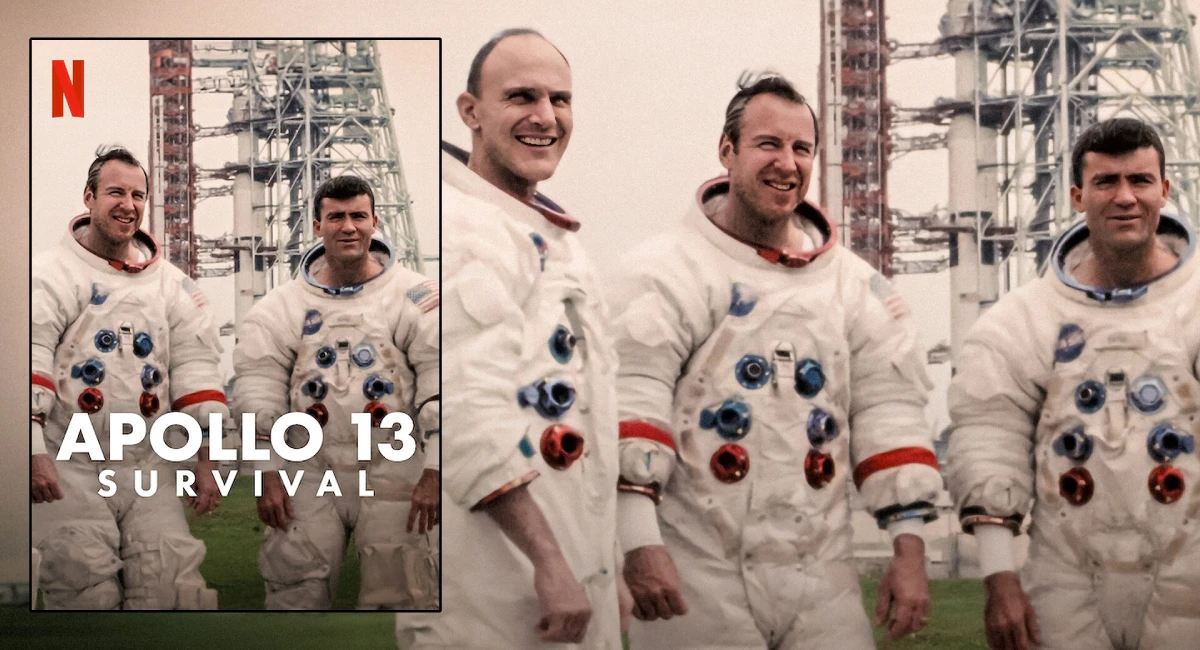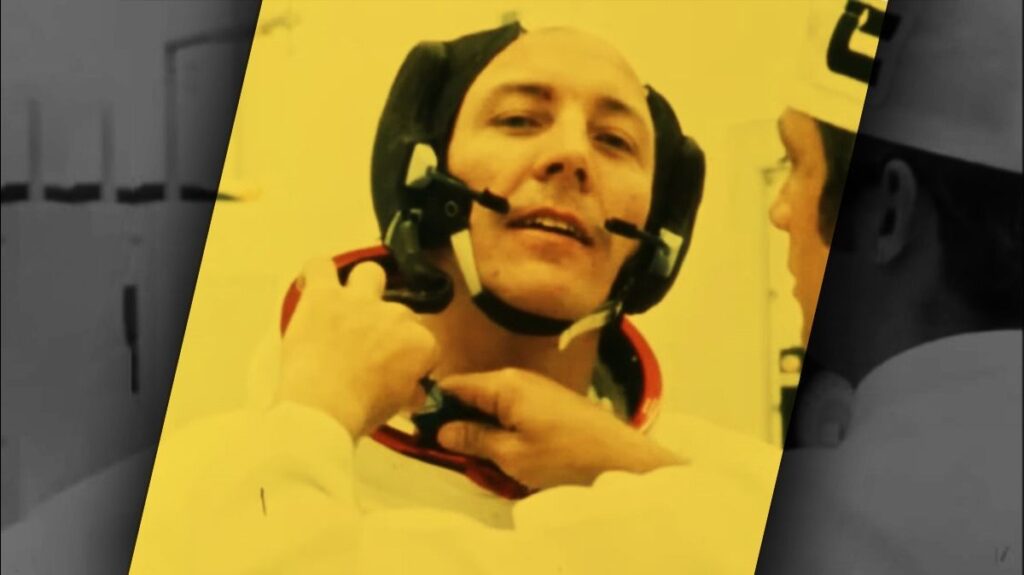The documentary film Apollo 13: Survival, now streaming on Netflix, offers a gripping account of one of NASA’s most dramatic missions. This documentary vividly recounts the story of Apollo 13’s perilous journey from its ambitious launch to the near-disastrous events that followed, showcasing the astronauts’ remarkable struggle for survival against all odds.
Table of Contents
Did the Apollo 13 Spacecraft Have a Successful Launch?

The documentary kicks off with archival footage from April 11, 1970, capturing the excitement and tension at Cape Kennedy as NASA prepared for its third moon landing mission. After the historic successes of Apollo 11 and Apollo 12, NASA set out to cement its space exploration prowess with Apollo 13. The mission aimed not only to land on the moon but also to collect valuable lunar samples and return them to Earth. Despite some public unease over the use of the number 13—deemed unlucky by some—NASA pushed forward with their plans, including a launch time of 7:13 PM as a statement against superstitions.
Jim Lovell, the mission commander, led Apollo 13. A seasoned astronaut with a background in the US Navy, Lovell had previously flown to space three times and aspired to land on the moon. His dedication and perseverance through the rigorous astronaut selection process and training stood out. The documentary delves into Lovell’s personal life, portraying his commitment to his family and his promise to his wife, Marilyn, that Apollo 13 would be his last space mission.
Fred Haise, the Lunar Module Pilot, joined Lovell on the mission. Originally aiming for a career in journalism, Haise’s passion shifted to aviation, leading him to NASA. The third crew member, Ken Mattingly, had a brilliant academic background and was a top candidate for the mission. However, a last-minute illness forced Mattingly to step down, replaced by backup CMP Jack Swigert. Swigert’s journey to Apollo 13 was a testament to his persistence and dedication to space exploration.
What Went Wrong During the Apollo 13 Mission?
Apollo 13 launched successfully, but the mission’s troubles began shortly after. Within minutes, the central and fifth engines malfunctioned, a troubling sign that foreshadowed more significant issues. The spacecraft successfully reached Earth’s orbit but soon encountered severe problems. Approximately 55 hours into the mission and 200,000 nautical miles from Earth, alarms blared, signaling a critical malfunction.
The astronauts discovered a severe issue: a gas or liquid leaked from the spacecraft, accompanied by a malfunctioning pressure sensor in the service module. This leak led to a total failure of the service module, transforming the mission from a lunar landing attempt to a desperate rescue operation. Apollo 13 had inadvertently veered off its planned trajectory, reaching the farthest point from Earth. This deviation made the rescue mission even more challenging.
An investigation later revealed that a pre-launch miscalculation had caused the leak and subsequent damage, endangering the crew’s lives.
How Did the Astronauts Manage to Survive?

The most gripping part of Apollo 13: Survival unfolds after the accident. With the lunar landing abandoned, the crew had to improvise to return safely to Earth. They orbited the moon to gain enough momentum for a slingshot trajectory back. To conserve power and oxygen, the astronauts had to cut these resources intermittently, balancing survival with mission requirements.
The Lunar Module, originally intended for moon landing, became the crew’s lifeline as everything else was ejected for safety. The risk of carbon monoxide poisoning added to the peril. As Apollo 13 re-entered Earth’s atmosphere, communication with ground control was lost due to atmospheric interference. For a tense four minutes, it seemed like the worst might have happened. But just as hope began to fade, the crew re-established contact, announcing their safe return.
Apollo 13 splashed down in the South Pacific Ocean, and all three astronauts—Jim Lovell, Fred Haise, and Jack Swigert—survived the harrowing ordeal. Their story of bravery and resilience became a symbol of human ingenuity and determination. As Lovell reflects in the documentary, the global outpouring of hope for their safe return unified people beyond national boundaries, making their survival story even more inspiring than the original mission.
Apollo 13: Survival captures the intense drama and human spirit behind one of NASA’s most challenging missions. For space enthusiasts and history buffs alike, it offers a captivating look at how courage and ingenuity triumphed over adversity.









